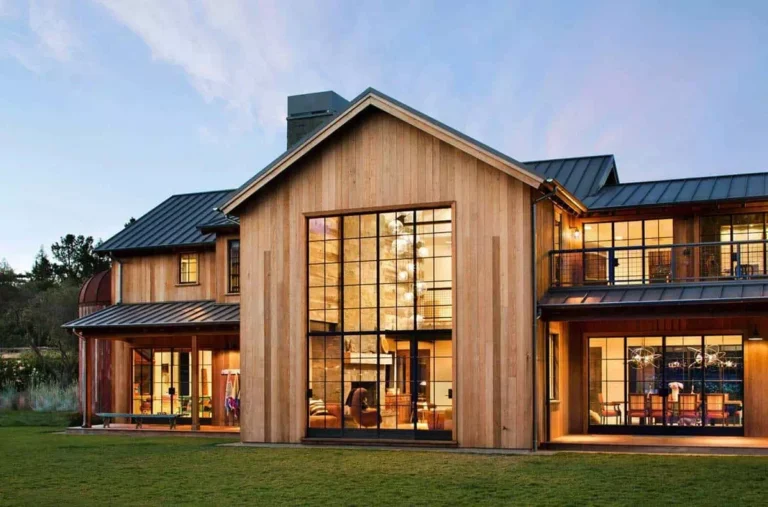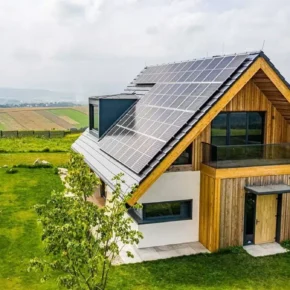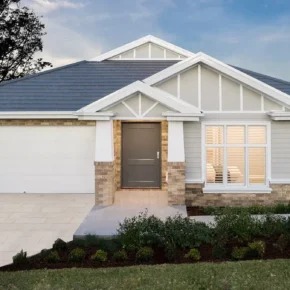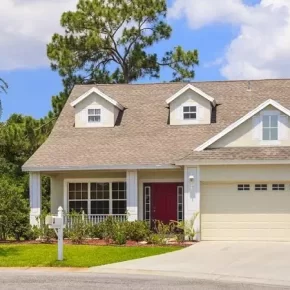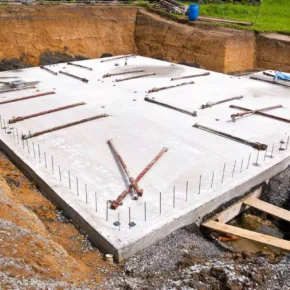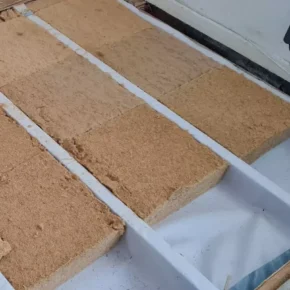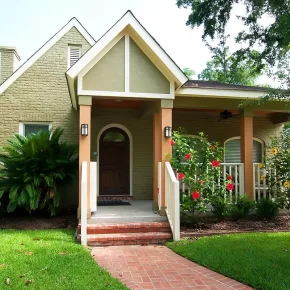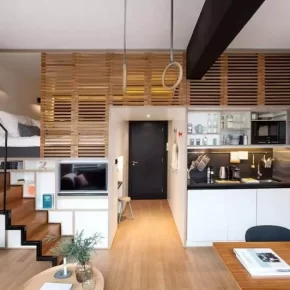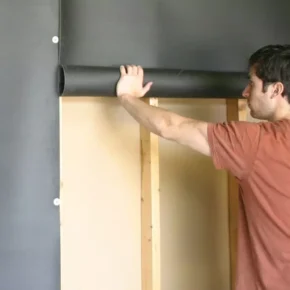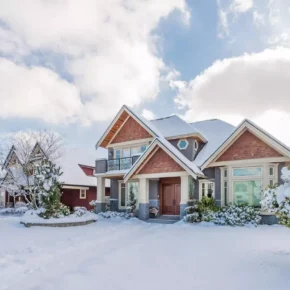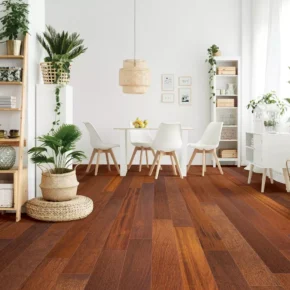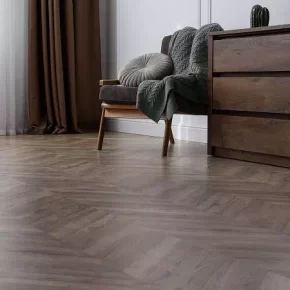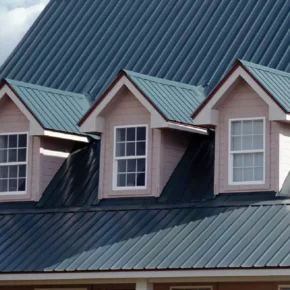When building or renovating a home, the choice of exterior wall materials is one of the most important decisions. External walls not only affect the aesthetics of the building, but are also responsible for thermal insulation, durability and protection from external factors.
When choosing materials, several key factors should be considered: energy efficiency, durability, aesthetic characteristics and budget.
1. Brick: reliability and classics
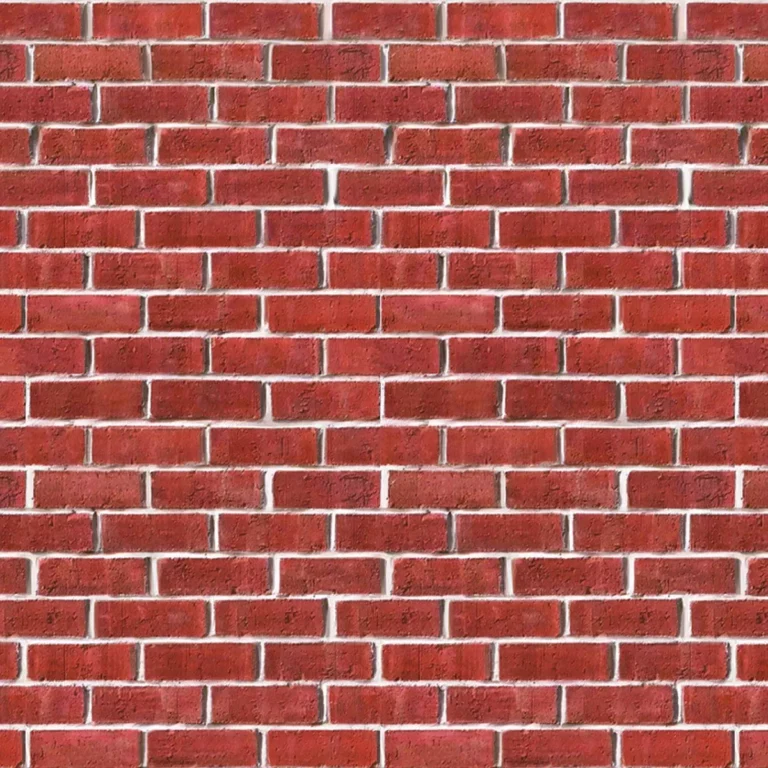
Brick is one of the most common materials for exterior walls. It provides excellent thermal insulation, durability and aesthetics, especially in classic and modern houses.
Advantages:
- High thermal insulation: brick walls keep warm in winter and cool in summer.
- Resistance to moisture and fire.
- Durability: correctly laid brick walls can serve for decades without repair.
Disadvantages:
- High weight, which requires a strong foundation.
- Longer construction process compared to other materials.
2. Aerated concrete: lightness and energy efficiency
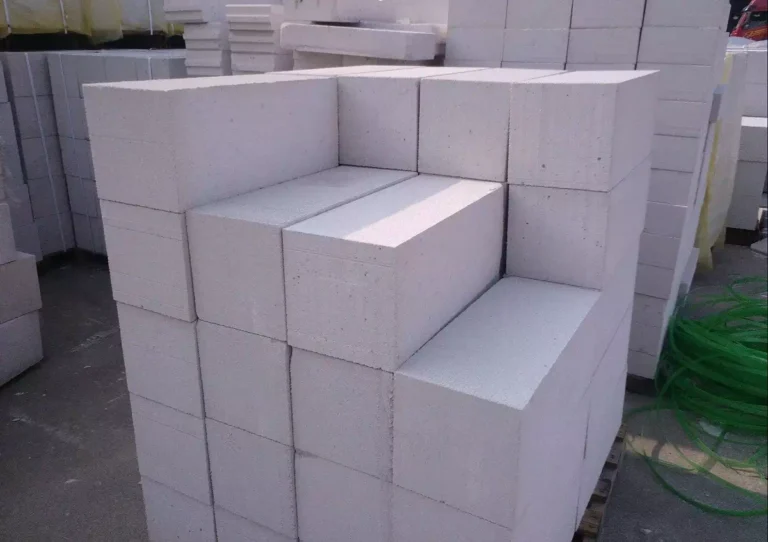
Aerated concrete is a popular modern material that combines lightness and excellent thermal insulation. It is made of sand, cement, lime and water, with the addition of a gas-forming agent.
Advantages:
- High energy efficiency due to the porous structure.
- Ease of installation and processing.
- High fire resistance.
Disadvantages:
- Requires additional lining to protect against external factors such as moisture.
- Lower strength compared to brick, which requires careful design.
3. Wood: natural beauty and environmental friendliness
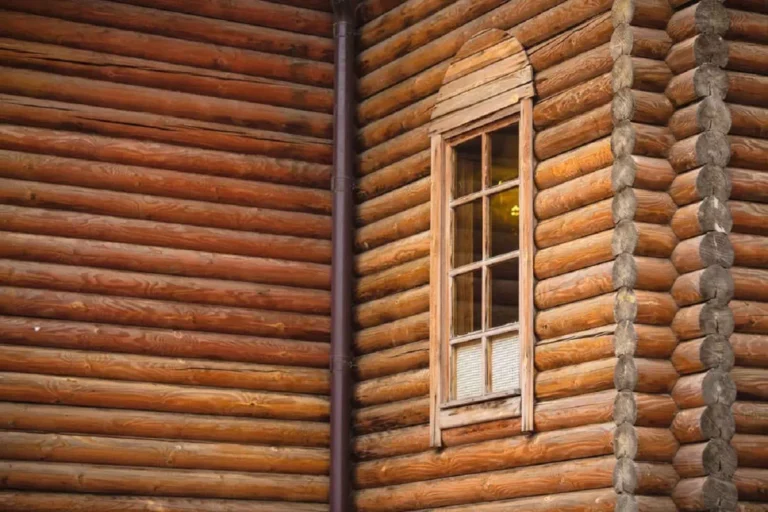
Wooden houses are always attractive for their naturalness and environmental friendliness. The use of wood for external walls gives the house a warm and cozy look, while providing a comfortable microclimate inside.
Advantages:
- Natural thermal insulation.
- Environmental friendliness: wood is a natural material that can be recycled.
- Aesthetic appearance and unique style.
Disadvantages:
- Requires constant care and treatment to protect against moisture, pests and fire.
- May be less durable without proper care.
4. Siding: versatility and ease of installation

Siding is one of the most economical and practical options for exterior wall cladding. It is often used as an additional layer of protection to insulate walls and create an attractive appearance.
Advantages:
- Ease of installation and maintenance.
- A large selection of colors and textures, which allows you to create the desired style.
- Resistance to moisture and pests.
Disadvantages:
- It does not provide full thermal insulation, so it needs additional insulation.
- Less durable compared to other materials such as brick or stone.
5. Stone: natural durability and status
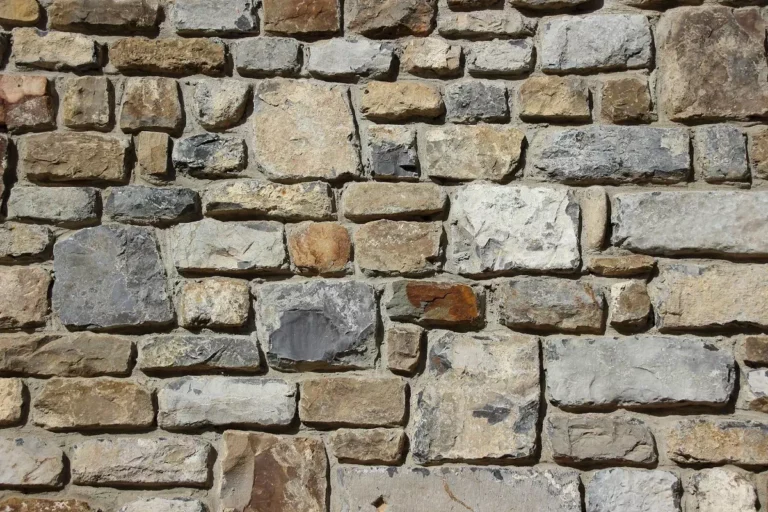
Stone walls create a feeling of reliability and durability. Stone is a natural material that is practically unaffected by time and external factors.
Advantages:
- High resistance to weather conditions, mechanical damage and moisture.
- Durability: the stone serves for centuries without significant changes.
- Prestigious look.
Disadvantages:
- High cost of both material and installation work.
- The weight of the material, which requires a particularly strong foundation.
6. Panels with insulation: a combination of aesthetics and energy efficiency
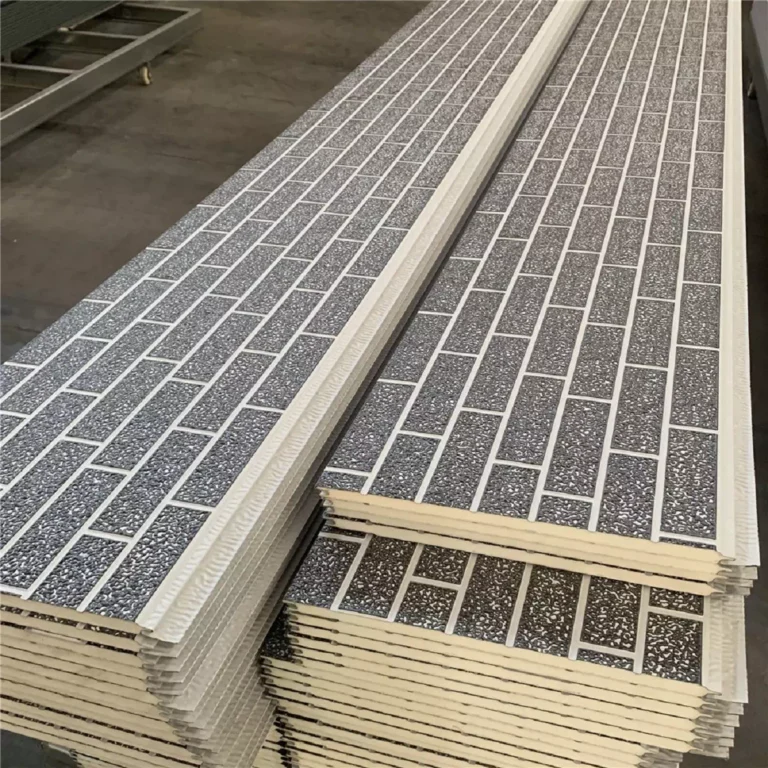
Modern panels with insulation (sandwich panels) combine an external decorative layer and a layer of insulation, which ensures high energy efficiency.
Advantages:
- High thermal insulation thanks to the inner layer of insulation.
- Ease of installation and speed of construction.
- Variety of designs and textures.
Disadvantages:
- Some panels may be less resistant to impacts and mechanical damage.
- High price for quality options.
When choosing materials for the exterior walls of the house, it is important to consider both energy efficiency and durability. Brick and stone will provide long service and reliability, aerated concrete – excellent thermal insulation, and wood will give environmental friendliness and natural beauty. The decision depends on your budget, climate and the style you want to give your home.

